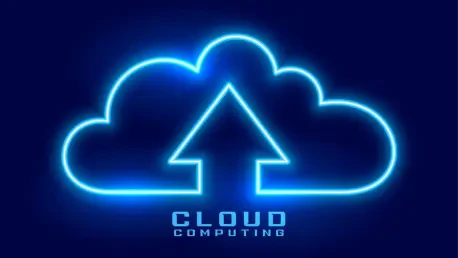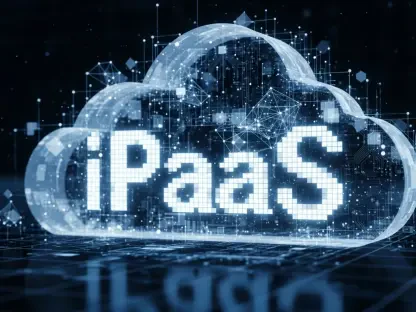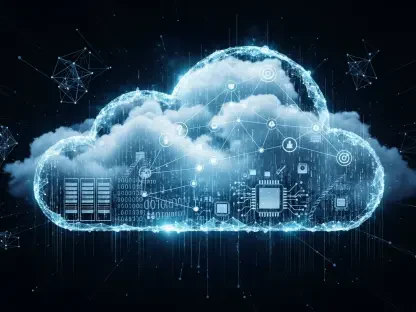In today’s rapidly evolving digital landscape, where cloud services form the backbone of numerous applications and internet services, the role of cloud providers becomes critical. To shed light on the recent Google Cloud outage that led to widespread service disruptions, we sat down with Vijay Raina, a seasoned expert in enterprise SaaS technology and software design. His insights provide a behind-the-scenes view of how such outages unfold and their broader implications.
Can you explain what caused the Google Cloud outage on Thursday and how it impacted various services?
The Google Cloud outage was particularly impactful because it caused a ripple effect across multiple services dependent on the platform. The specific technical cause hasn’t been detailed by Google, but such outages often stem from network failures, hardware issues, or software bugs. The impact was significant, bringing down crucial services like Cloudflare, which in turn affected many applications relying on it, such as Spotify and Discord.
At what time did Google Cloud first become aware of the service issues, and what immediate steps did they take to address them?
Google Cloud became aware of the issues around 11:46 a.m. PT. They promptly started investigating, which is standard procedure to assess the scope and root cause before implementing any fixes. By 2:23 p.m. PT, they had initiated mitigations to restore service, indicating a swift response in cloud outage terms.
How many and which types of services were affected by the Google Cloud outage?
The outage affected a broad range of services. Cloudflare, a key internet infrastructure provider, was one of the most notable. Additionally, apps like Spotify, Discord, and messaging platforms faced disruptions, illustrating the dependency many services have on Google Cloud’s infrastructure.
Could you describe the role that Google Cloud services play in the operation of Cloudflare’s systems?
Cloudflare uses Google Cloud for some of their services, although their core operations weren’t impacted this time. This relationship highlights the interconnectedness of cloud services, where disruptions in one provider can have downstream effects on others, even if indirectly.
Beyond Cloudflare, which other major apps and platforms were reported to be experiencing outages due to this Google Cloud incident?
Several popular platforms like Spotify, Discord, Snapchat, and Character.AI faced disruptions. News of the outages spread quickly through platforms like DownDetector, which shows real-time reports of service issues from users globally. This reflects how dependent many high-traffic apps are on Google Cloud.
How did companies like Spotify and Discord respond to the outage? Were there any specific courses of action they had to take?
In these situations, companies often monitor the cloud provider’s status updates and communicate with their own users to manage expectations. For instance, Spotify kept a close watch on Google Cloud’s updates. Typically, these companies can only wait for the service restoration but remain transparent about the status with their users to maintain trust.
What is DownDetector, and how does it help understand the scale of such internet outages?
DownDetector is a crowdsourced platform where users report service disruptions. This tool is invaluable during outages as it provides real-time data on how widespread an issue is and which regions are most affected. It’s a quick way for the public and companies to gauge the impact before official statements are released.
Were there any major cloud providers, such as AWS or Microsoft Azure, that did not experience disruptions? What might account for the differences in impact?
Interestingly, AWS and Microsoft Azure reported no such disruptions during this incident. This might be due to differing infrastructure architectures, load distribution techniques, or simply operational luck. Each provider has unique resilience strategies, which sometimes manifest in how they handle such widespread issues.
Generally speaking, how long do service disruptions like this one usually take to resolve?
Outages of this nature are typically resolved in a few hours, though this can vary widely depending on the root cause and complexity of the issue. Providers like Google invest heavily in rapid response strategies to minimize downtime and customer impact.
Can you share any long-term strategies Google Cloud might be considering to prevent similar issues in the future?
Google Cloud likely continuously evolves its reliability strategies, including redundancies, better error-detection mechanisms, and automated recovery processes. They also probably analyze each incident to enhance their systems and procedures to prevent recurrence.
From your experience, how do such outages affect businesses and users during the workday?
Service disruptions can have significant repercussions during the workday, halting business operations and causing productivity losses. The immediate impact is frustration, but long-term, businesses may consider diversifying their cloud dependencies to mitigate future risks.
Do you have any insights or speculations on whether the scale of these outages might influence future cloud service provider partnerships or dependencies?
This incident might prompt businesses to rethink their cloud strategies. Many may opt for multi-cloud approaches to distribute risk, using multiple providers to ensure if one goes down, others can pick up the slack. This diversification could become a standard practice in disaster management planning.
How does the process of communicating outages to the public typically work for companies like Google and Cloudflare?
Communication is essential during outages. Providers like Google and Cloudflare maintain status pages that offer real-time updates. They also use social media and direct communication to keep clients and the public informed until the issue is resolved. Transparency is key to maintaining customer trust and managing expectations effectively during such times.
What is your forecast for cloud service provider strategies after incidents like this?
I foresee an increased focus on building more robust, self-healing infrastructure. Providers will likely enhance their automation to predict and rectify issues before they impact clients. Moreover, I expect they’ll work towards even stronger transparency and notification systems, ensuring clients can plan and respond effectively to any service disruptions.









